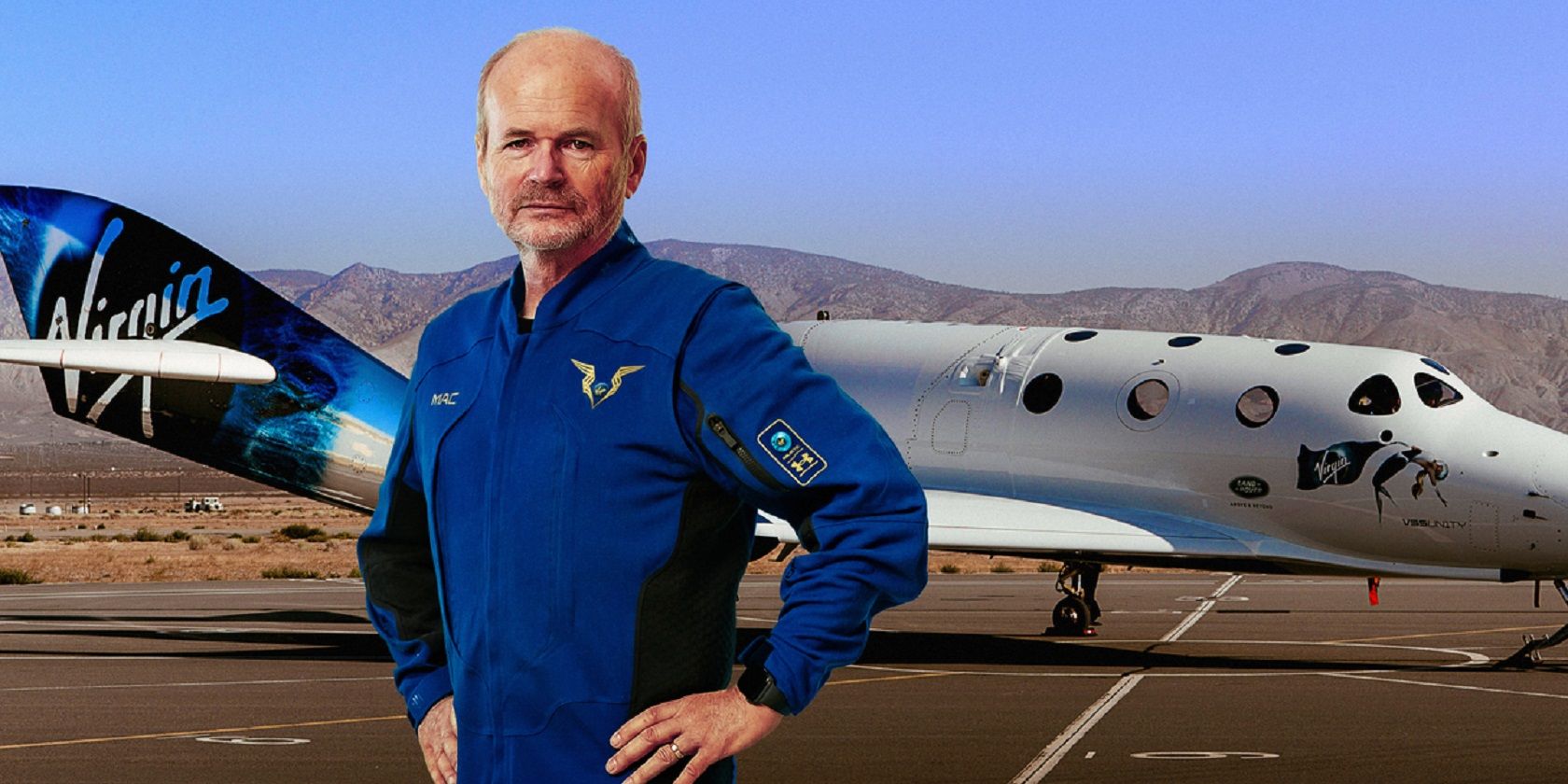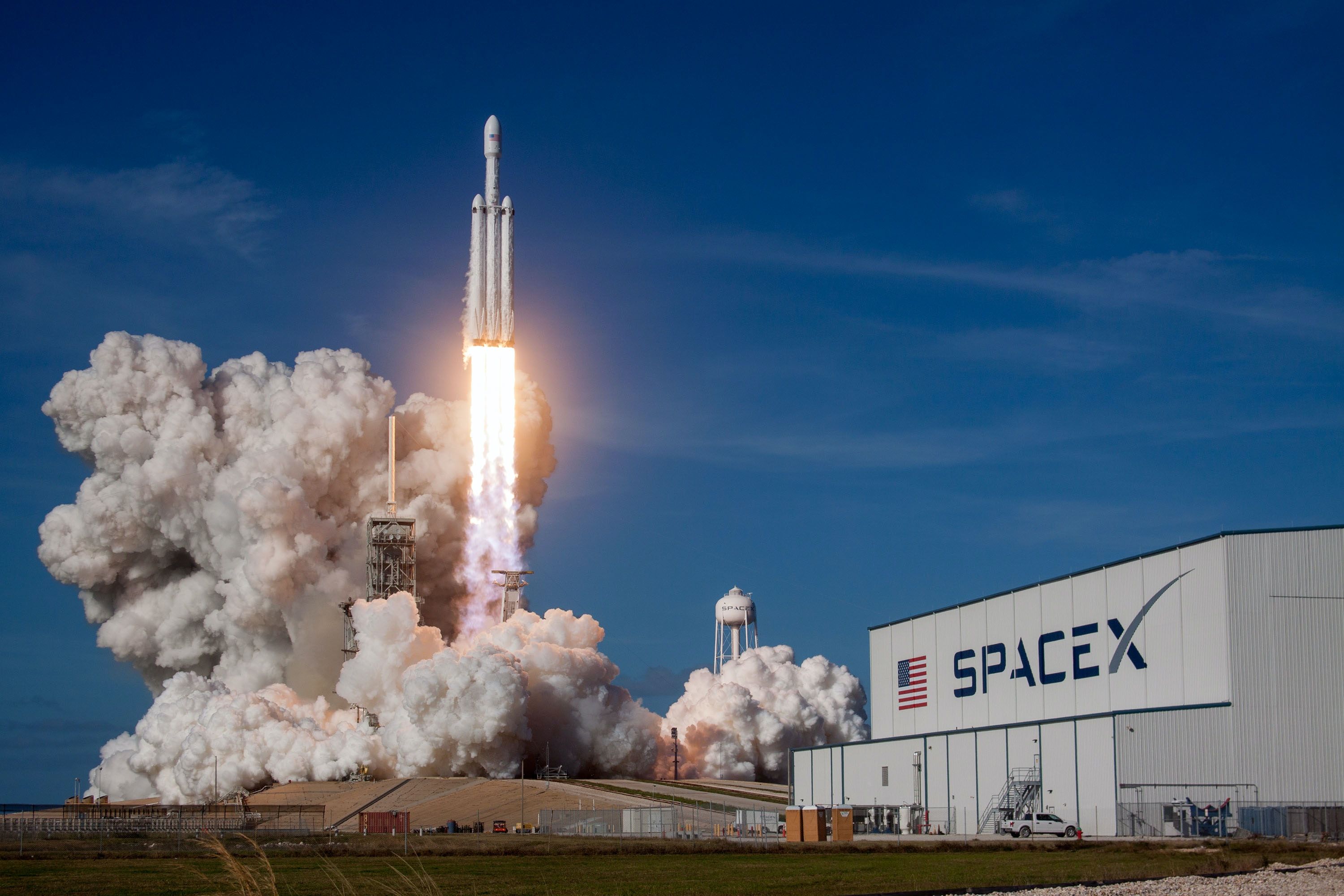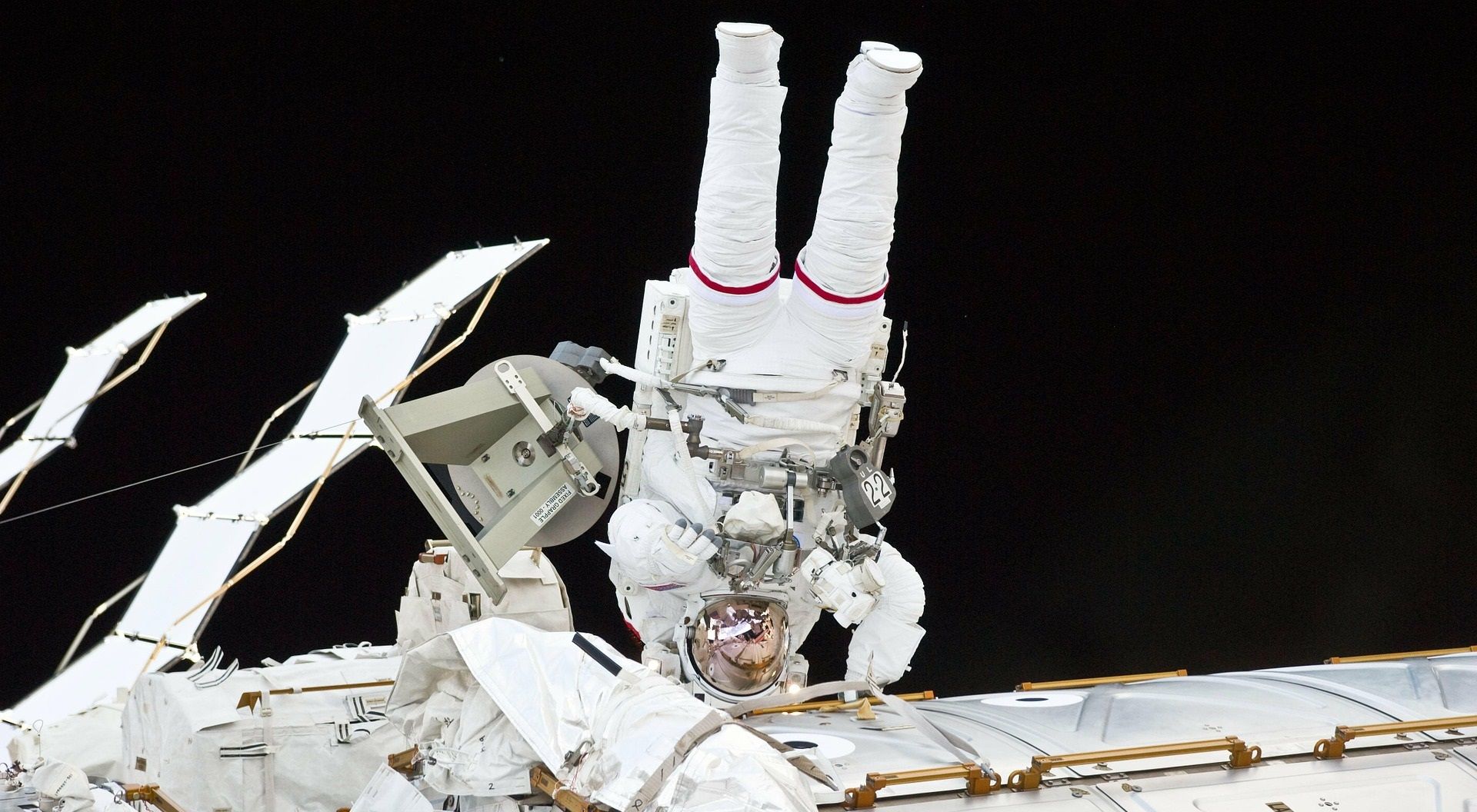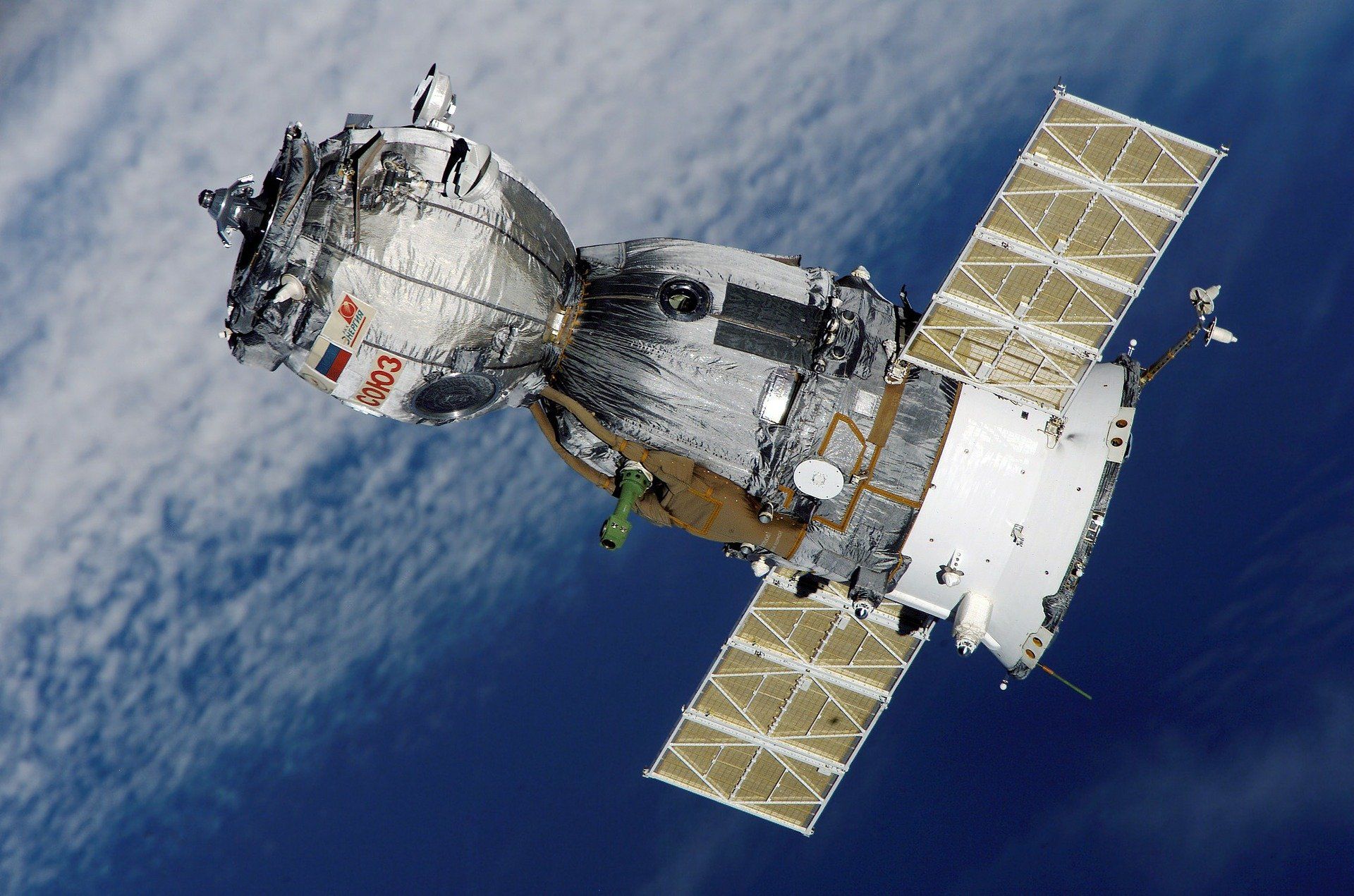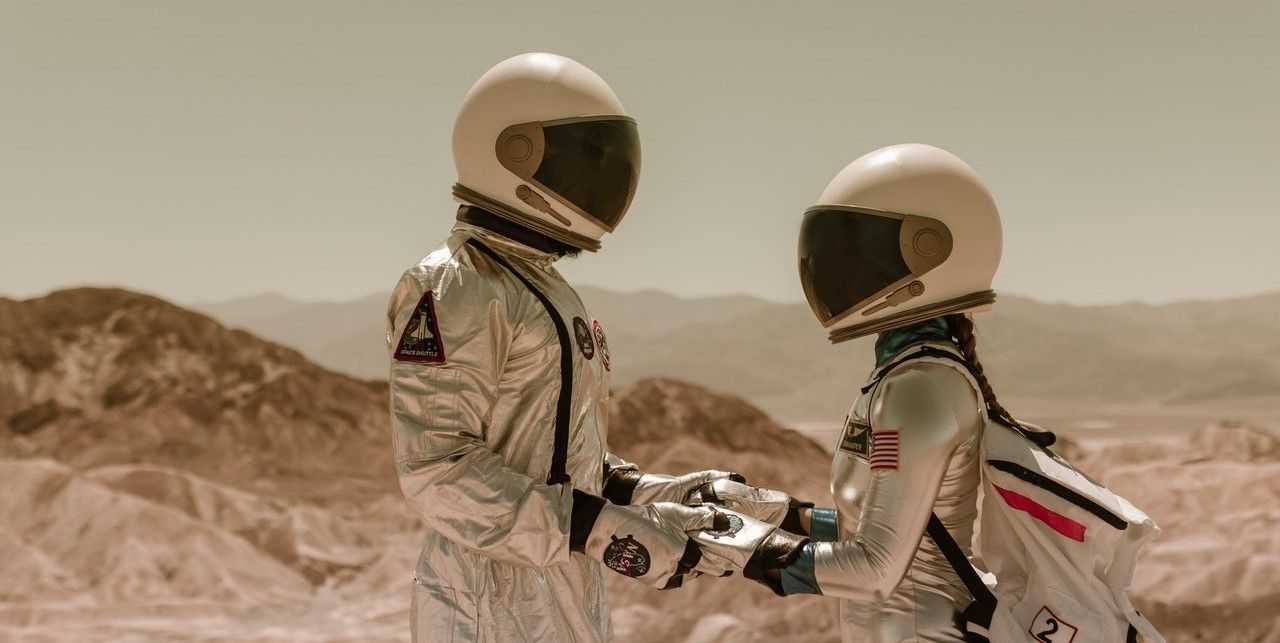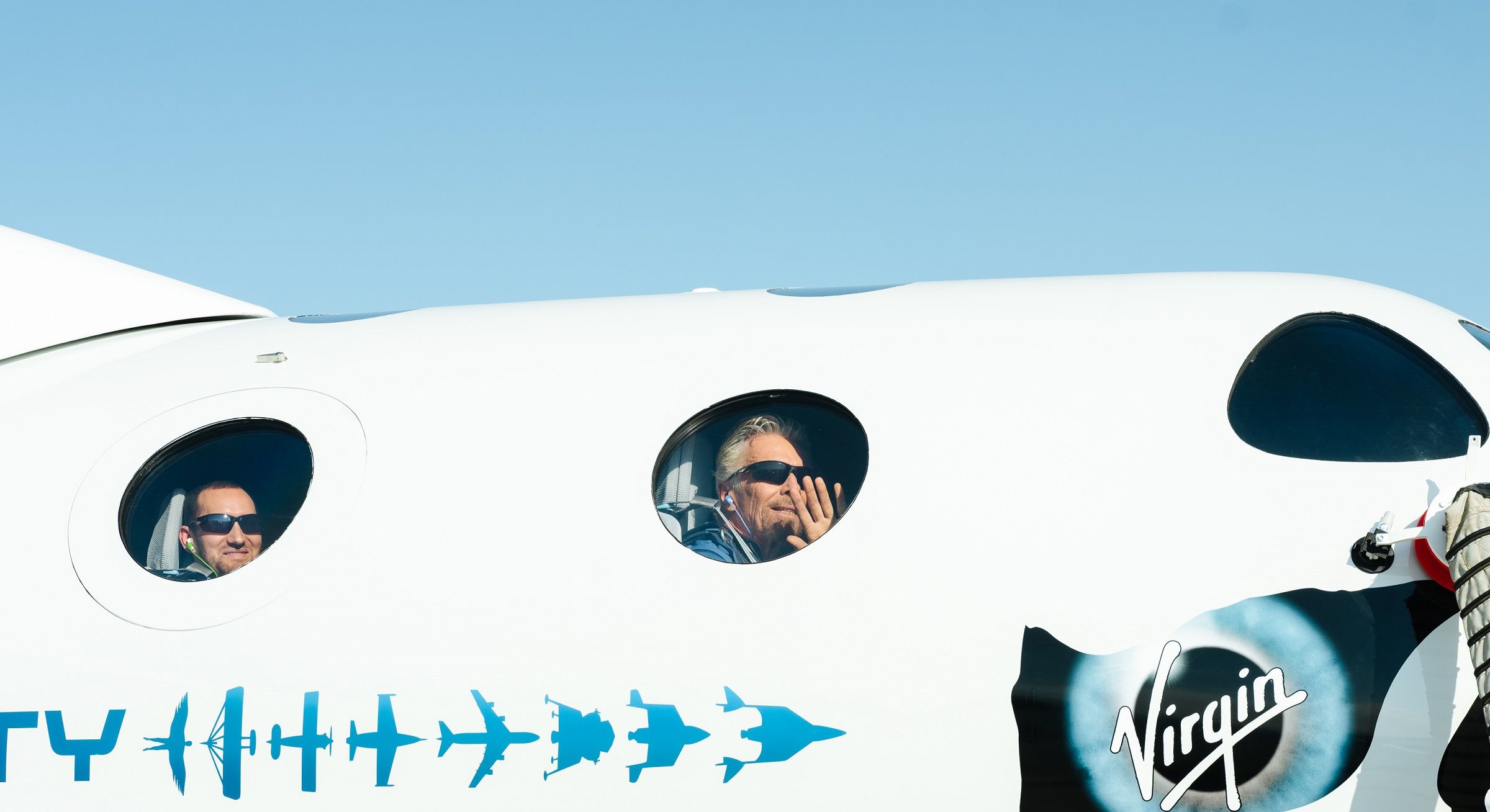Virgin Galactic held us in awe when its VSS Unity spacecraft took to the skies for its first fully-crewed flight in July 2021, carrying a crew that included the company’s billionaire founder Richard Branson.
The spacecraft was launched and landed safely back at Spaceport America after a successful 59-minute flight, bringing to reality a dream Branson has nursed for years.
But Branson is not the only one enthused about going to space. Space travel is a dream that has captured the imaginations of people for centuries. So, what's Virgin Galactic? And what does it really take to go into space? Let's take a look.
How Do Space Flights Work?
Many types of spacecraft are used in space flights, but they all have something in common: they’re powered by rockets. Rockets launch into space by pushing on the gas that flames out of their engine.
Contrary to what we might infer from common sense, rockets do not gain altitude by pushing against the launch pad or the surrounding air.
Rocket propulsion is based on reaction force, as explained in Newton’s third law: every action in nature has an equal opposite reaction.
Rockets gain altitude by firing out gas from their nozzles. The gas, an accelerated plasma composed of tiny atoms, pushes back on the rocket—propelling it forward.
Of course, there’s a lot more that goes into space flights. However, this is the basic principle that Virgin Galactic operates to get into space.
What Are the Advantages of Space Exploration?
Virgin Galactic was set up by Richard Branson in 2004 following a successful flight into space by Brian Binnie aboard the Burt Rutan-designed SpaceShipOne. The goal of the company is to provide commercial space flights to the public.
The audacity of this goal alone was enough to get many people excited, however, others think space flights are just a new billionaire pastime. Tickets aboard VSS Unity, for example, cost $250,000. But that doesn’t mean there’s no upside for everybody else.
Below are some of the benefits of space exploration.
Accessible Low Orbital Research for Scientists
In the end, going to space is not all thrills and fun; some people also work there. Virgin Galactic even had a crew member on their July 2021 flight whose responsibility was to evaluate the chances of scientists doing research that takes advantage of minutes of microgravity—a new market Virgin Galactic is targeting.
Data collected during space exploration challenges our assumptions and helps us gain breakthroughs in science.
Improving Healthcare
During space flights, astronauts experience weightlessness, radiation, and isolation. These experiences bring about changes in their bodies that are similar to health problems associated with aging and a sedentary lifestyle.
Experiments are performed on astronauts in space, before the data collected is used to better understand similar medical conditions on earth.
Developing Technological Products
There are several gadgets that we use today that were originally developed for use in space. For example, did you know that the tiny cameras we all have on our smartphones were actually developed in a bid to make smaller cameras for spacecraft?
Air purifiers and cordless vacuum cleaners are also spinoffs from gadgets originally developed for use in space.
If you appreciate the ability to take photos on your smartphone, it’s only right to encourage further space exploration.
GPS, Weather Forecasting, and Telecommunication
The GPS technology we use every day to locate our devices and to check traffic relies on navigation satellites, a product of space technology.
Similarly, satellite data has greatly improved the accuracy of weather forecasting. People across the world are also able to access television, radio, and the internet, which are all services made possible by satellite technology.
But… Was the Virgin Galactic Flight Really Space Travel?
Can Virgin Galactic reach orbit? That depends on what you measure this by.
The Virgin Galactic flight traveled 53.5 miles, or 86 kilometers, above Earth. This is six kilometers above the Kármán line (or space boundary), as determined by the US Air Force and NASA.
However, the Federation Aeronautique Internationale (FAI), the agency in charge of standards and records in astronautics and aeronautics, works with a different space boundary. The FAI set its space boundary at 100 kilometers.
Judging by the FAI standard, Virgin Galactic’s space flight was 14 kilometers shy of the Kármán line. However, considering that the flight took off and landed on US soil, we could argue that the US standard holds more weight in this instance.
Virgin Galactic, SpaceX, and Blue Origin: How are They Different?
These three companies are different in a lot of ways. A look at the companies’ mission statement tells you all you need to know.
Virgin Galactic's mission is to be “the spaceline for Earth”. Its ultimate goal, meanwhile, is to “help inspire future generations and make it possible to see our beautiful home planet from a new perspective.”
SpaceX thinks a little differently. Its mission is to "make humanity multiplanetary." It hopes to achieve this by building fully reusable spacecraft capable of carrying humans to Mars and other destinations in the solar system.
For Blue Origin, the journey to space is based on its belief that “humanity will need to expand, explore, find new energy and material resources, and move industries that stress Earth into space.”
Virgin Galactic’s drive to make it possible for passengers to see the earth from a new perspective is why it’s often referred to as a space tourism company.
When Will Virgin Galactic Take Passengers to Space?
Virgin Galactic is not taking passengers to space just yet. The company has said that it plans to spend the rest of 2021 doing a series of final test flights, and that it hopes to begin taking passengers to space by 2022.
The company already has hundreds of would-be astronauts on its waiting list, including those who have been waiting since 2004 when the company was started. Virgin Galactic paused taking reservations in 2014 after its SpaceShipTwo vehicle, VSS Enterprise, broke up in the air over the Mojave Desert during a test flight in 2014.
However, information on its website reveals the company’s plan to resume taking reservations for "a limited number of tickets for future spaceflights" sometime in 2021.
Is Virgin Galactic Safe?
Space exploration, regardless of whether it’s for tourism or research, is always risky. But the engineers at Virgin Galactic must have proved their mettle for the company’s founder to trust them enough to ride to space in the spacecraft.
In the end, space flights might someday become commonplace like regular air transport. Which, of course, also has its own associated risks and benefits.
Image Credit: Virgin Galactic

